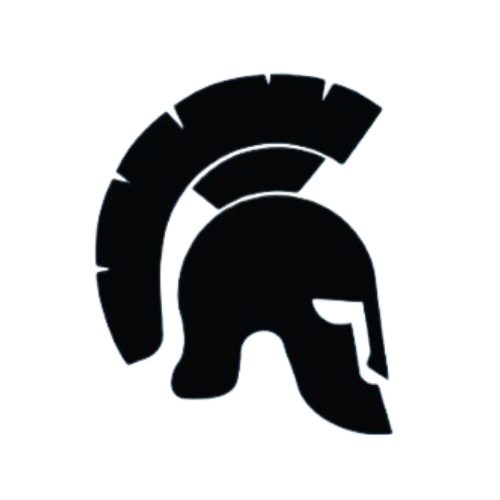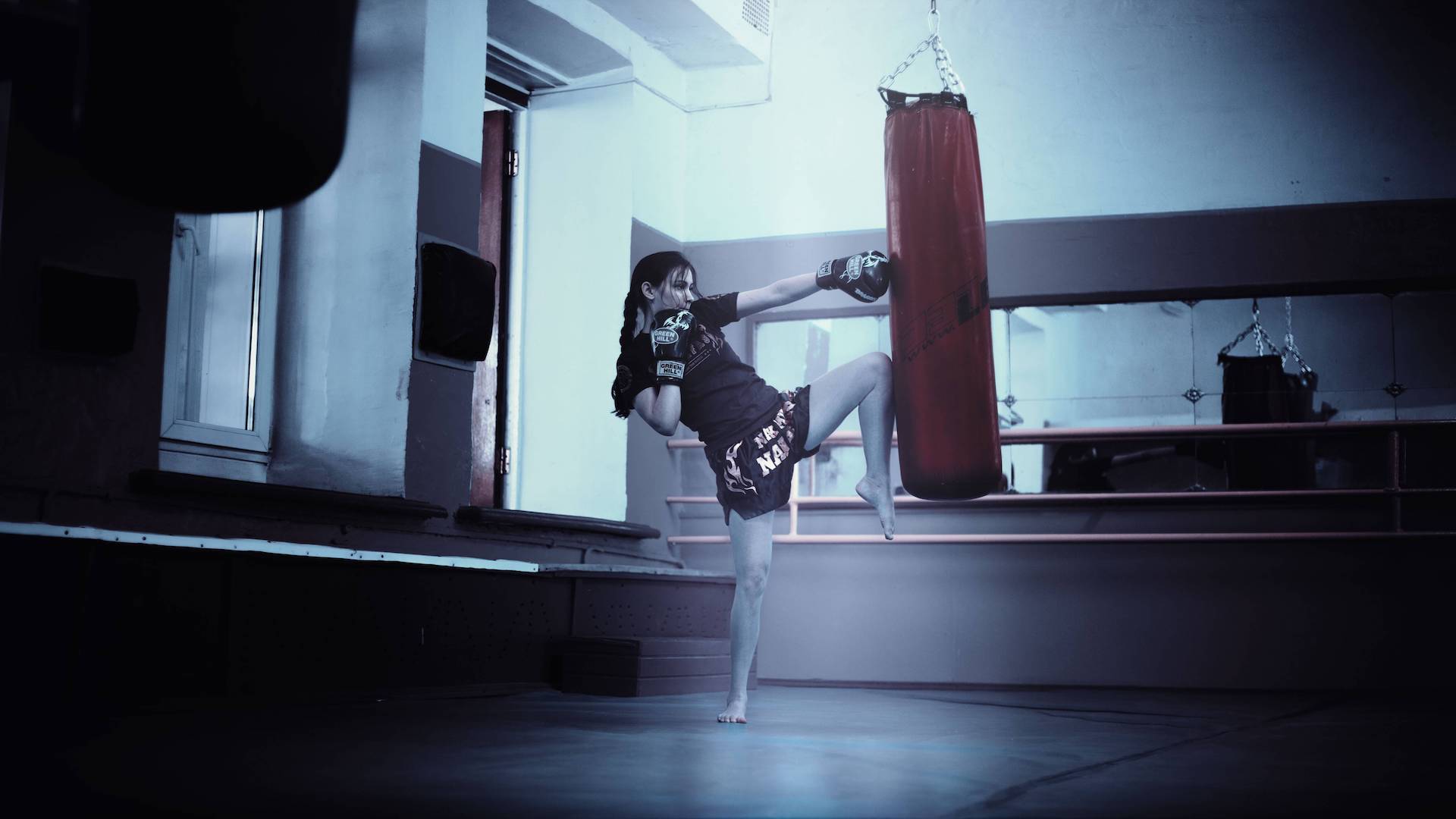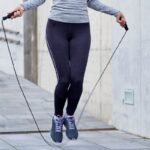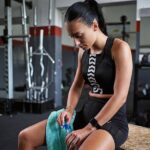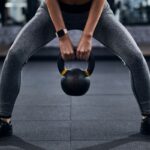Foam Rolling Calories Burned Calculator: More Than Just Recovery?
Foam rolling, also known as self-myofascial release (SMR), has become a popular fitness practice. It involves using a foam cylinder to apply pressure to muscles and fascia, aiming to ease soreness, improve flexibility, and aid recovery. But does it burn calories? While not a primary calorie-burning activity, foam rolling requires physical effort and contributes to your overall energy expenditure. This post explores the benefits, calorie burn aspects, and introduces our Foam Rolling Calories Burned Calculator. Use the calculator below to estimate the calories burned during your session.Foam Rolling Calories Burned Calculator
Estimate calories burned based on your weight and duration:
The Benefits of Rolling It Out
Foam rolling offers several advantages:
- Eases Muscle Soreness: Effective at reducing post-exercise soreness (DOMS) by releasing tension and inflammation.
- Increases Flexibility: Helps release tightness in muscles and fascia, potentially improving range of motion, especially when combined with stretching.
- Enhances Circulation: Improves blood flow, delivering more oxygen to muscles and aiding waste removal for faster recovery.
- Aids Muscle Recovery: Reduces soreness and improves blood flow, helping muscles repair efficiently.
- May Temporarily Reduce Cellulite Appearance: Might offer a temporary smoothing effect, but diet and exercise are key for cellulite management.
- Can Alleviate Back Pain: Can ease tension when used correctly (often rolling vertically, avoiding direct spine pressure).
- Potential Fibromyalgia Symptom Relief: Preliminary research suggests benefits for pain, fatigue, and stiffness.
- Promotes Relaxation: The process can help reduce stress for many individuals.
Does Foam Rolling Burn Calories?
Yes, foam rolling burns calories, though typically not as many as intense cardio. The amount depends on:
- Intensity & Effort: More active rolling and pressure increase energy demand.
- Duration: Longer sessions burn more calories.
- Body Weight: Heavier individuals generally expend more energy.
- Muscle Engagement: Rolling large muscles or using stabilizing muscles burns more.
Estimating with METs: Metabolic Equivalents (METs) measure energy cost. Foam rolling isn’t listed, but similar activities offer estimates:
- Mild Stretching: ~2.3 METs (likely baseline for gentle rolling)
- Light Calisthenics/Yoga: ~2.3-2.8 METs (for more active rolling)
The calculator uses a formula like: Calories Burned = (MET * Body Weight in kg * 3.5 / 200) * Duration in minutes.
Context is Key: Calorie burn is a secondary benefit. Focus on recovery and mobility improvements.
How the Calculator Works
Our calculator estimates calorie burn using:
- MET Value: Assumes a baseline MET value (around 2.3) based on activities like mild stretching.
- Body Weight: Your weight is crucial for personalization.
- Duration: The time spent actively rolling.
It applies the standard calorie calculation formula. Optional intensity settings might adjust the MET value used.
Using the Calculator
- Enter your current Body Weight (select lbs or kg).
- Enter the Duration of active foam rolling (in minutes).
- (Optional) Select Intensity if available.
- Click Calculate.
Tips for Accuracy: Be honest with duration, use current weight, and understand the estimate is based on average intensity if no setting is provided.
Limitations and Context
Keep in mind:
- It’s an Estimate: Actual burn varies based on metabolism, specific movements, etc.
- MET Assumption: Based on an estimated MET value; actual intensity affects accuracy.
- Primary Goal Isn’t Calorie Burn: Focus on recovery and flexibility benefits.
- Complementary Activity: View it as a small bonus to your total daily activity.
Tips for Effective Foam Rolling
- Warm-Up (Optional): Light cardio beforehand can help.
- Roll Slowly: About one inch per second.
- Pause on Tender Spots: Hold for 20-30 seconds, breathing deeply. Avoid intense pain.
- Apply Appropriate Pressure: Should be noticeable but not excruciating. Adjust by shifting weight.
- Breathe: Don’t hold your breath.
- Target Major Muscles: Calves, hamstrings, quads, glutes, upper back, lats. Avoid rolling directly on bones or joints.
- Stay Hydrated: Drink water before and after.
- Listen to Your Body: Stop if you feel sharp pain. Consult a professional if injured.
- Be Consistent: Regular, shorter sessions are often better than infrequent long ones.
Conclusion
Foam rolling is excellent for recovery and flexibility. While it does burn some calories, view this as a bonus. Use our calculator for an estimate, but prioritize consistent, proper technique for the main benefits of improved movement and well-being.
